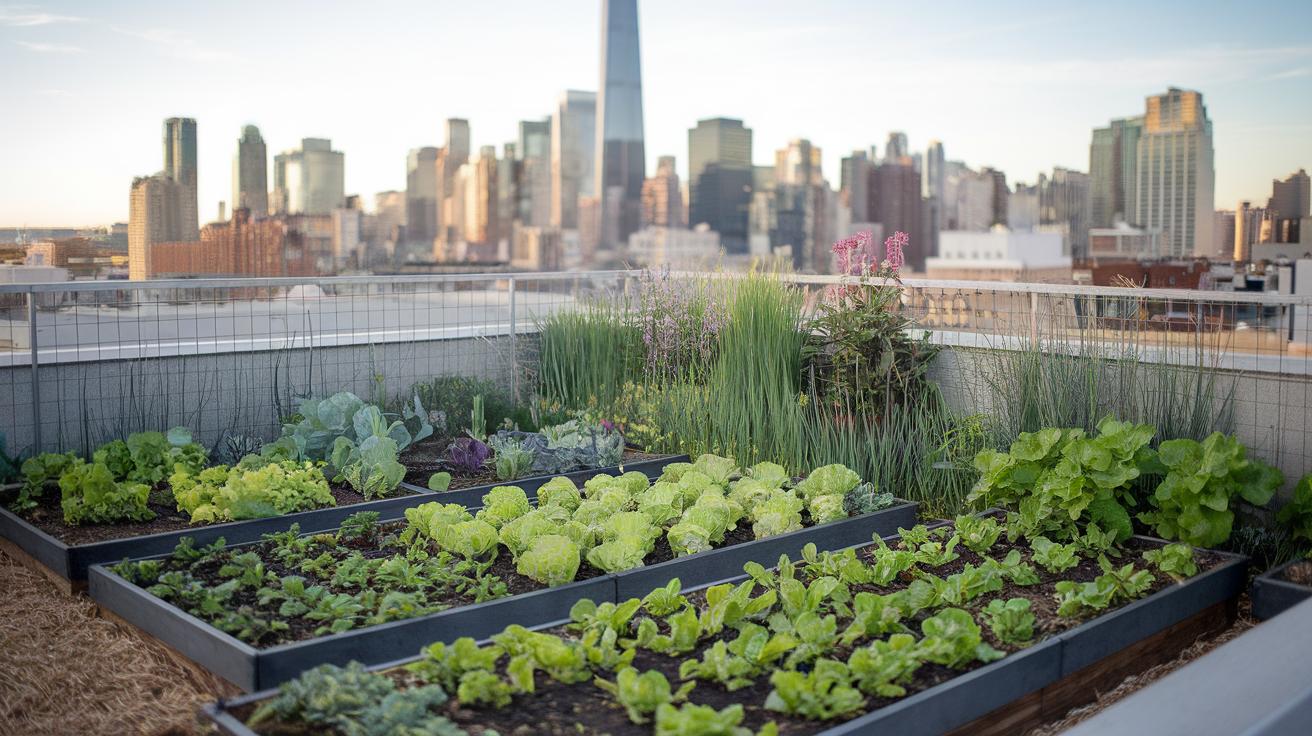Introduction
Creating a potager garden, a traditional kitchen garden, offers urban growers the unique opportunity to cultivate their own fresh produce, even in limited spaces. This practice combines decorative and edible plants, promoting self-sufficiency and biodiversity within urban environments. Urban gardening has gained significant traction in recent years, driven by a desire for healthier food options, environmental sustainability, and a connection to nature amidst city life. Through thoughtful planning and design, anyone can transform a small balcony, rooftop, or backyard into a lush and productive potager garden.
This article will explore essential tips and strategies for cultivating a successful potager garden in urban settings. From choosing the right plants and efficient use of space to maximizing productivity through companion planting and sustainable practices, our guide will provide insights for growers of all experience levels. Join us as we delve into the essentials of potager gardening and unlock the potential of urban food production.
Understanding the Potager Garden A Historical Perspective and Features
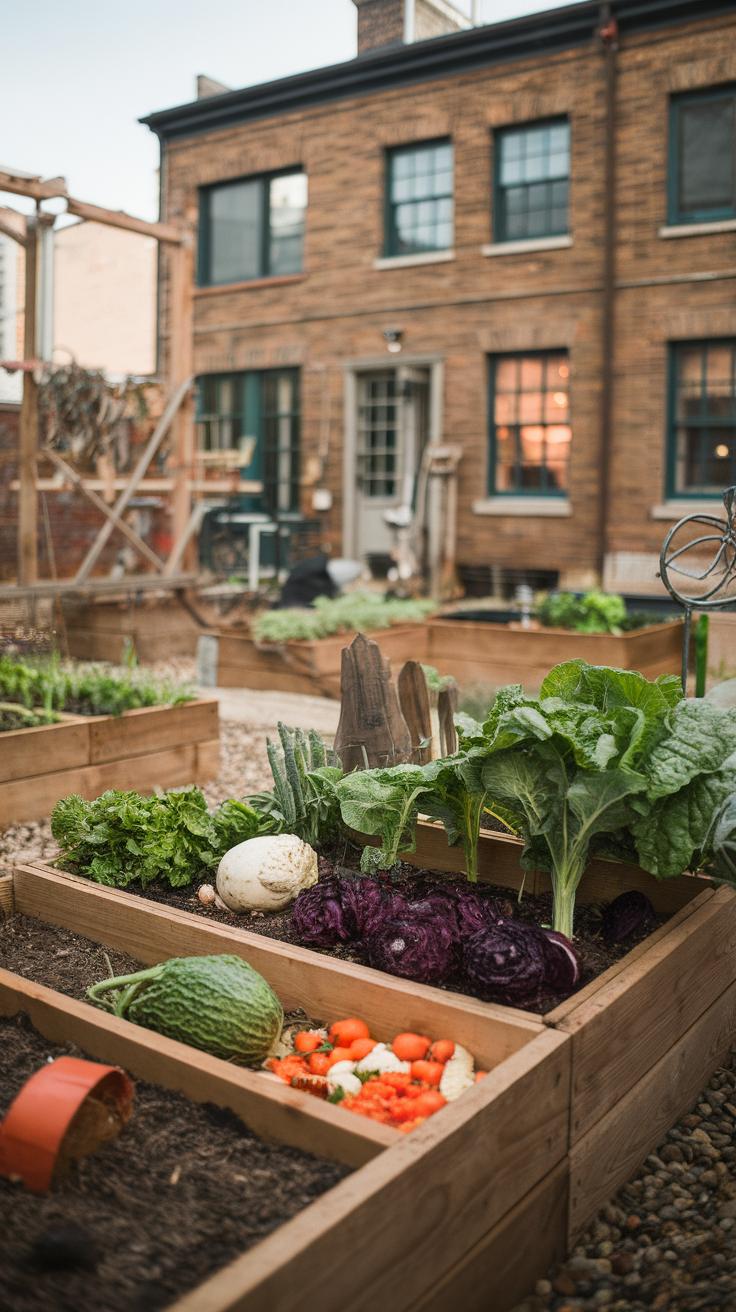
The potager garden, rich in history, serves as a perfect fusion of utility and aesthetics. Originating in France during the Middle Ages, these gardens were designed to provide sustenance while also showcasing the beauty of plants. Essential crops like vegetables, herbs, and edible flowers coexisted harmoniously with decorative elements, creating a space that was both functional and visually appealing.
What distinguishes potager gardens from ornamental or market gardens is their intimate approach. Ornamental gardens focus primarily on design and visual impact, while market gardens prioritize commercial agriculture. In contrast, potager gardens embrace a holistic philosophy, blending culinary and ornamental plants in an accessible, often compact layout tailored for urban settings. This harmony not only maximizes productivity but also enhances the daily cooking experience.
Planning Your Potager Garden Expert Tips for Urban Growers
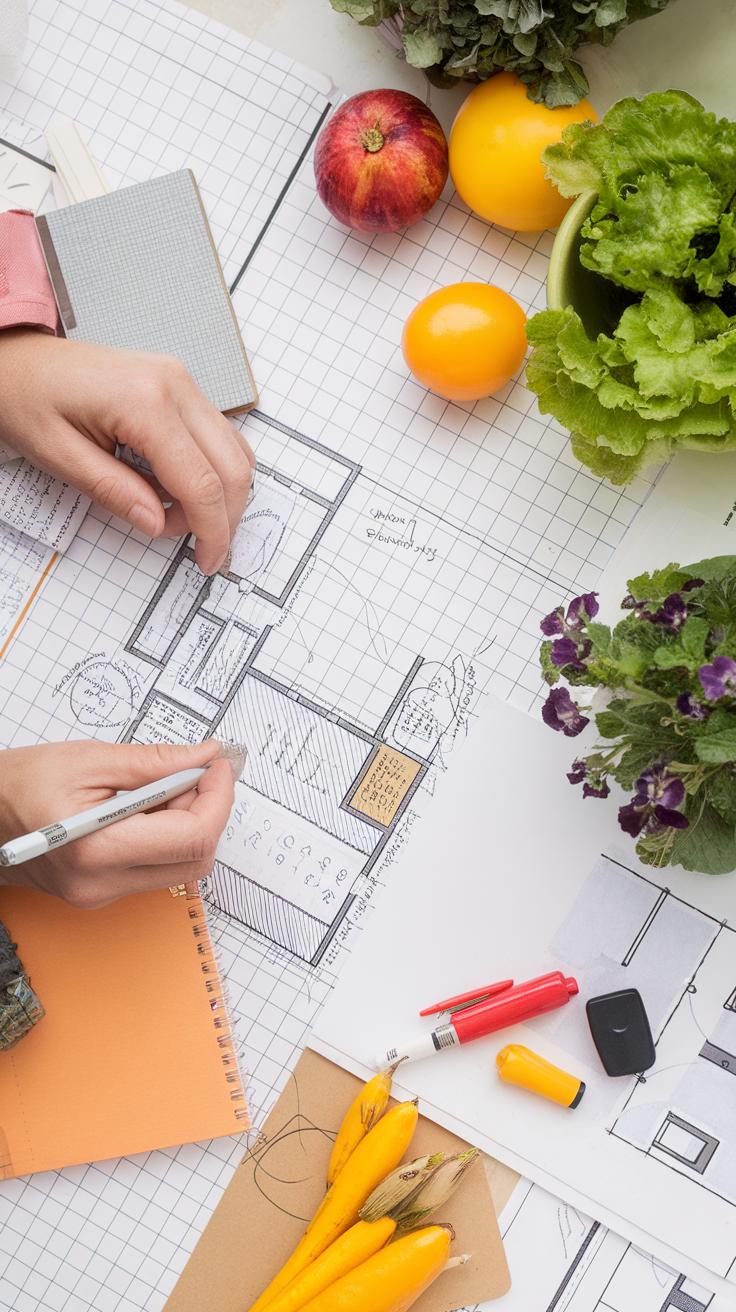
Importance of Careful Planning
Creating a successful potager garden in an urban environment hinges on rigorous planning. The limited space available often requires thoughtful consideration of layout and plant selection to maximize yield. Assessing the sun exposure of your chosen site is critical, as different plants have varying light requirements. A well-structured garden layout facilitates both aesthetics and functionality, allowing easy access for harvesting while ensuring plants receive adequate space to thrive.
Selecting a mixture of herbs, vegetables, and edible flowers is fundamental for a diverse and productive potager. Focus on companion planting to enhance growth and deter pests naturally. Prioritize plants that grow well in smaller areas, or consider raised beds to optimize your urban space. Incorporating vertical elements can also significantly improve space management, setting the stage for a fruitful and charming kitchen garden.
Utilizing Vertical Space Expert Potager Garden Tips for Urban Growers
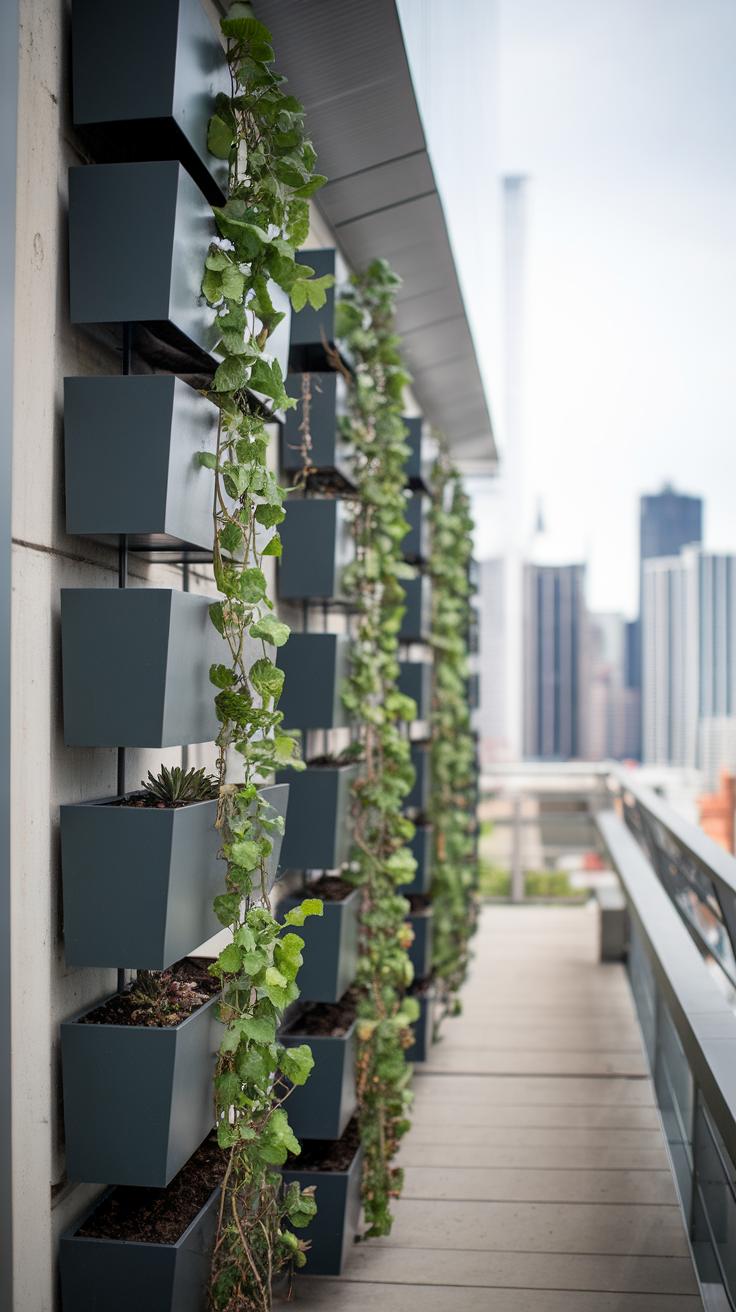
Maximizing Limited Space with Vertical Gardening
Urban gardeners often face the challenge of limited gardening space, making vertical gardening a vital technique for successful potager gardens. Transforming walls, fences, and balcony railings into planting areas can significantly increase the variety of plants you can grow. Use materials such as trellises, hanging pots, and wall-mounted planters to create layers of green within your environment. Consider utilizing sturdy natural materials like wood or metal for trellises, which provide support for climbing plants such as beans and peas.
Incorporating vertical gardening not only maximizes space but also enhances aesthetics. Think about combining ornamental plants with edible varieties to create a visually appealing space that is functional and beautiful. Prioritizing plants that thrive in vertical arrangements, such as strawberries, herbs, or trailing vegetables, will enable you to cultivate a diverse and thriving kitchen garden in an urban setting.
Companion Planting Strategies in Potager Gardens
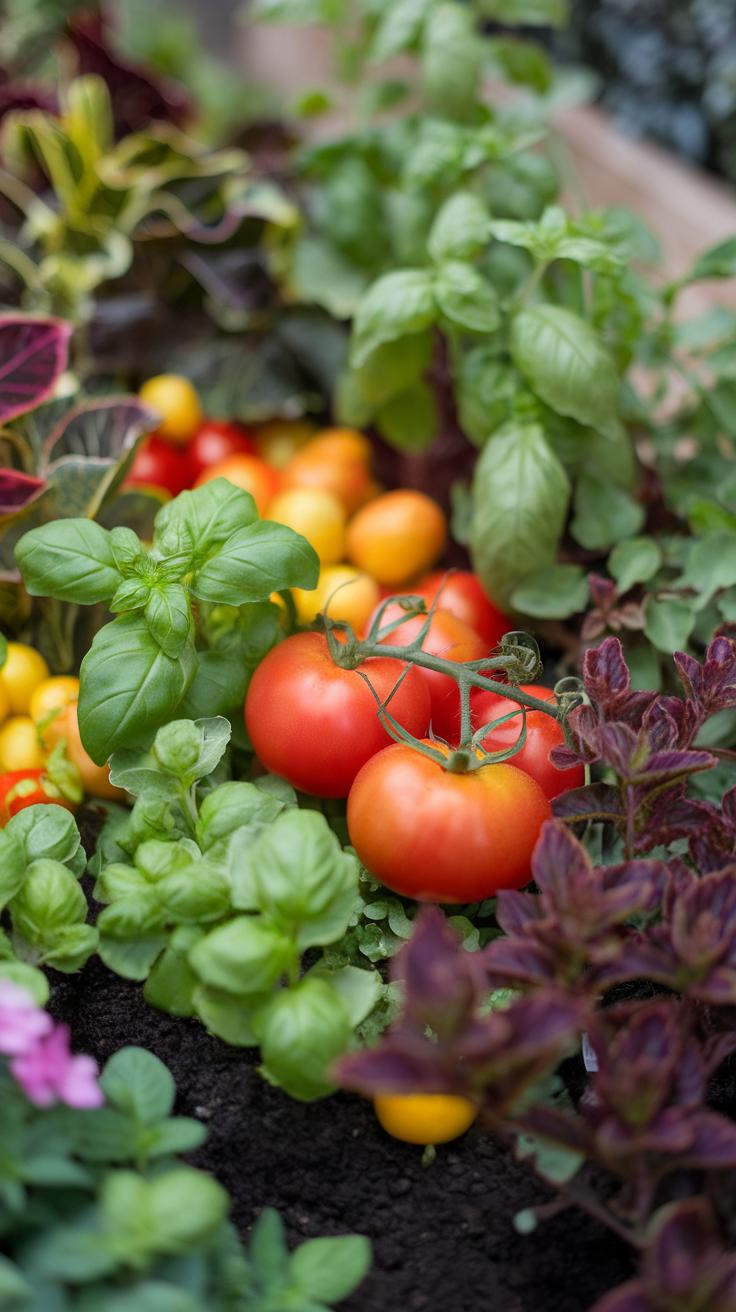
Enhancing Plant Relationships
Companion planting involves cultivating specific plants together to promote mutual benefits, especially in potager gardens where space is limited. This practice can help urban growers maximize yields while minimizing the need for chemical interventions. For instance, planting tomatoes alongside basil can enhance the flavors and growth of both plants. Similarly, marigolds can be positioned near vegetables to ward off pests, effectively creating a natural pest deterrent.
Understanding the intricate relationships between plant varieties allows for improved biodiversity, fostering a healthier ecosystem. Using a companion planting chart can assist in selecting compatible plant pairs based on their growth habits, nutrient needs, and pest-repelling qualities. A diverse planting schedule will not only conserve space but also enhance the overall health of your urban potager garden.
Practical Pairings for Urban Growers
Implementing successful combinations can revolutionize urban gardening experiences. For example, pairing carrots with onions can help deter pests that target one another. Similarly, beans enrich the soil with nitrogen, benefiting nearby corn and squash. Knowing which plants thrive together encourages thoughtful planning, ensuring each plant contributes to the garden’s vitality.
Consider rotating these companions throughout the growing seasons to maintain soil health and prevent the buildup of pests and diseases. This dynamic planting strategy, when executed correctly, cultivates a mini-ecosystem that thrives in even the most confined spaces, making it an integral aspect of any urban potager garden.
Soil Preparation and Health The Foundation of Potager Gardening

Understanding Soil Types and Their Importance
A healthy potager garden begins with the type of soil you work with. Various soil types, including clay, sandy, and loamy soils, each have unique properties affecting plant health. Loamy soil, often referred to as the ideal choice, strikes a balance between drainage and nutrient retention, making it a preferred medium for kitchen gardens. Understanding the specific characteristics of your soil is crucial, as this knowledge allows for tailored improvements that optimize growing conditions.
Improvement Techniques for Enhanced Soil Quality
Improving soil health is vital for thriving plants in limited spaces. Start with a soil test to evaluate pH and nutrient levels; local agricultural extensions often provide this service. Incorporating organic matter, such as compost or well-rotted manure, enriches the soil structure and enhances microbial activity. Techniques like crop rotation can also promote soil fertility by preventing nutrient depletion. Composting kitchen scraps not only reduces waste but also enriches your garden bed, providing a sustainable solution to maintaining robust soil health.
Organic Practices for Sustainable Gardening
Utilizing organic practices ensures a safe growing environment for both plants and consumers. Avoid synthetic fertilizers and pesticides in favor of organic alternatives, such as bone meal for phosphorus or neem oil for pest control. Implementing cover crops during the off-season can prevent erosion and replenish nutrients in the soil, fostering an ecosystem that supports healthy plant growth. By focusing on organic methods, urban growers can create sustainable potager gardens that flourish year-round, contributing positively to both environmental health and local biodiversity.
Irrigation Techniques for Urban Potager Gardens
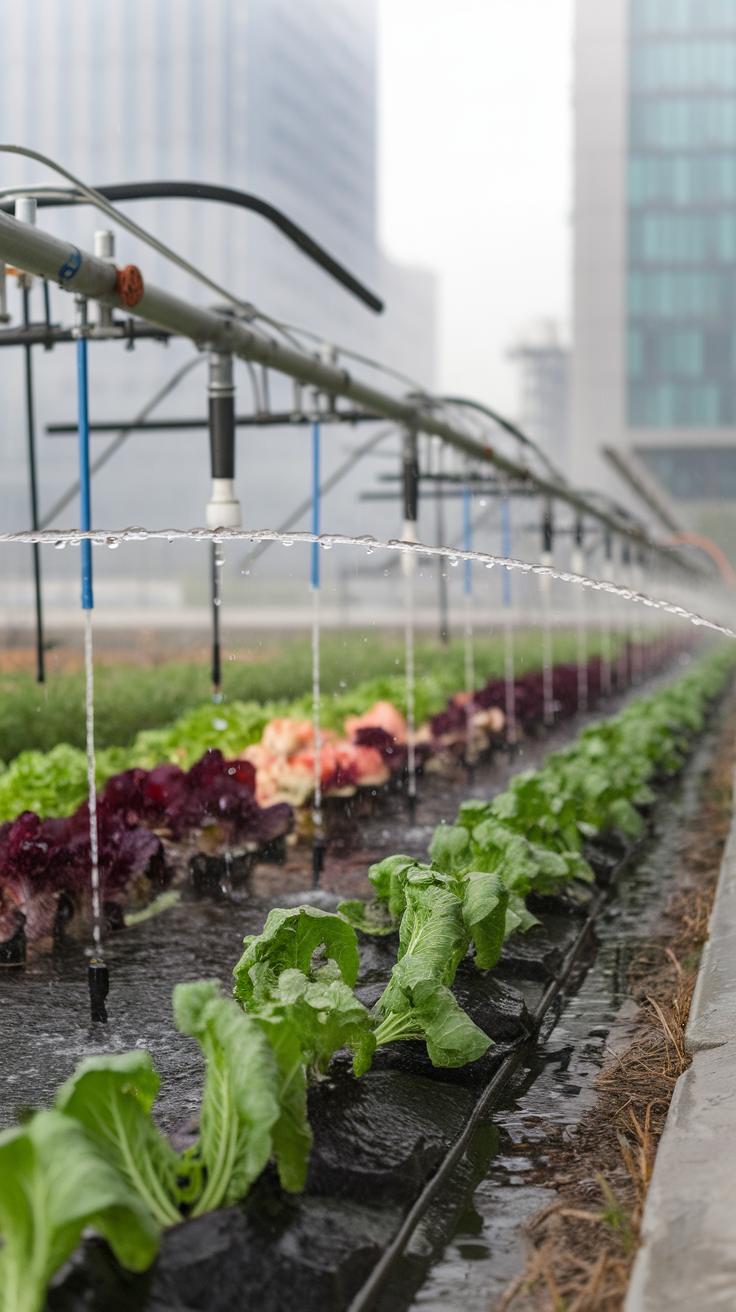
Effective Methods for Water Conservation
Urban potager gardens often face challenges with limited water resources and constricted spaces. In such environments, efficient irrigation techniques become vital. Drip irrigation stands out as one of the most effective methods, delivering water directly to plant roots while minimizing evaporation and runoff. Setting up a drip system can save water significantly while promoting healthy growth.
Utilizing rain barrels to collect runoff from roofs is another excellent strategy. This not only conserves water but also supports sustainable practices in the garden. Integrating mulch around plants effectively retains moisture in the soil, reducing the need for frequent watering. Timer-based irrigation systems can optimize watering schedules according to the specific needs of each plant, ensuring that urban growers can maintain robust kitchen gardens even amidst constraints.
Smart Water Management for Success
Implementing moisture sensors can further enhance water management. These devices monitor soil moisture levels, alerting gardeners when irrigation is needed and preventing overwatering. Combining these methods can lead to a highly efficient water use strategy, vital for the success of a potager garden in an urban setting. This thorough approach to irrigation ensures not only the survival but also the flourishing of plants, making the most of limited resources.
Pest Management in Potager Gardens Effective Strategies for Urban Growers
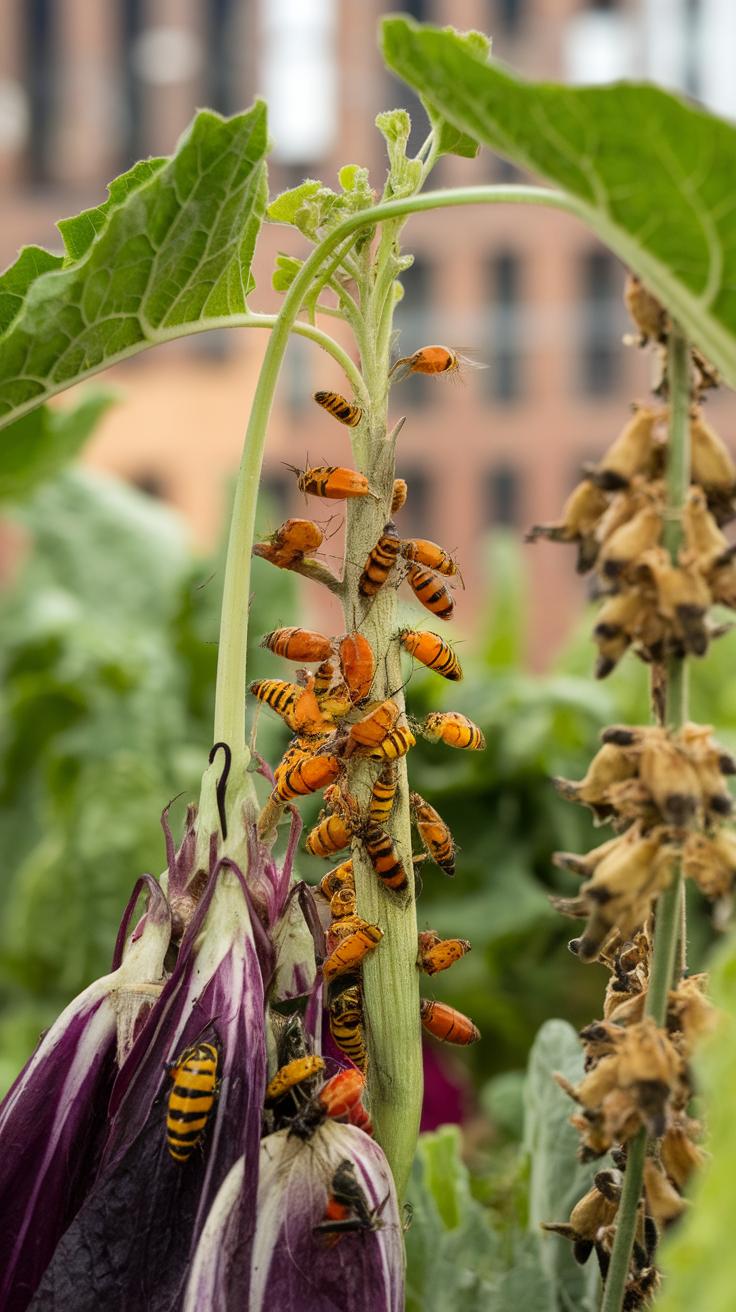
Understanding Common Pest Issues
Urban potager gardens are often vulnerable to common pests such as aphids, slugs, and spider mites. These pests pose significant challenges for urban gardeners due to limited space and the potential for rapid infestations. Early detection is critical; regularly inspecting plants can help identify problems before they escalate. Look for signs such as discolored leaves or unusual webbing, which can indicate the presence of pests.
Implementing Integrated Pest Management (IPM) Strategies
Adopting an Integrated Pest Management (IPM) approach can effectively mitigate pest challenges while aligning with organic practices. This method combines various strategies, including cultural practices, biological control, and physical barriers. For instance, companion planting can deter pests naturally; marigolds and basil are excellent companions for tomatoes. Introducing natural predators, such as ladybugs, can also keep pest populations in check. Additionally, using row covers can physically shield vulnerable plants from pests while allowing light and moisture to penetrate. These strategies help create a balanced ecosystem in your potager garden, fostering healthy plants and minimizing the need for chemical interventions.
Harvesting and Preservation Tips for Potager Gardens
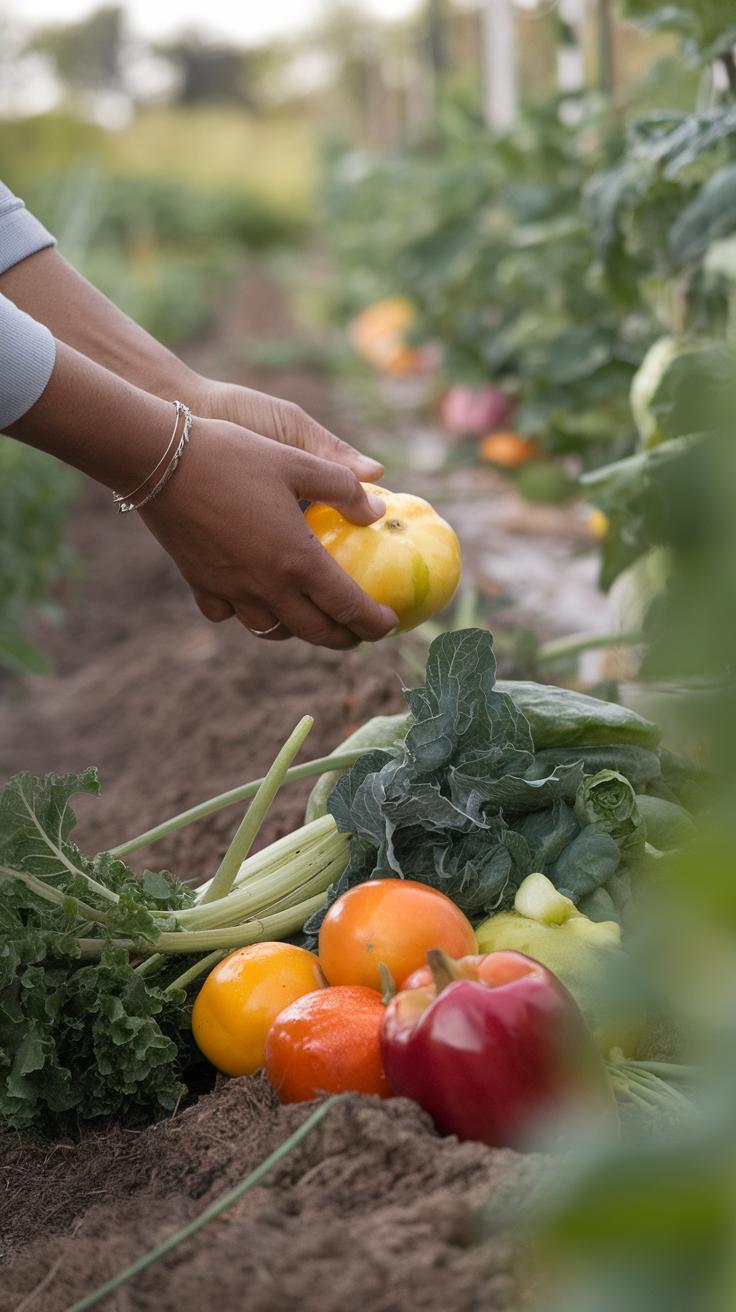
Harvesting Techniques for Urban Growers
Timing is key when harvesting produce from your potager garden. Vegetables should be picked at their peak maturity for optimal flavor and nutrition. For leafy greens, such as lettuce and kale, harvesting in the morning ensures crispness and freshness. Use sharp, clean tools to avoid damaging the plants and to encourage new growth. Certain crops, including tomatoes and cucumbers, should be harvested regularly to promote continued production. Keep a close eye on each plant’s development, as this will help you identify the ideal moment for picking, ensuring you enjoy the freshest produce right from your urban oasis.
Preservation Techniques to Minimize Waste
Preserving surplus produce is vital for extending its shelf life and minimizing waste. Begin by properly washing and drying your harvest before any preservation method. Blanching vegetables before freezing helps to maintain their color and nutrients. Jarring and canning allow you to store items such as pickles, jams, and sauces long-term, while dehydration offers a great way to concentrate flavors and create convenient snacks. Consider fermenting garden produce for additional nutritional benefits and unique flavors. Each technique can help you enjoy your flavorful bounty well beyond the growing season, enhancing your culinary experiences.
Engaging the Community Fostering Successful Urban Potager Gardens
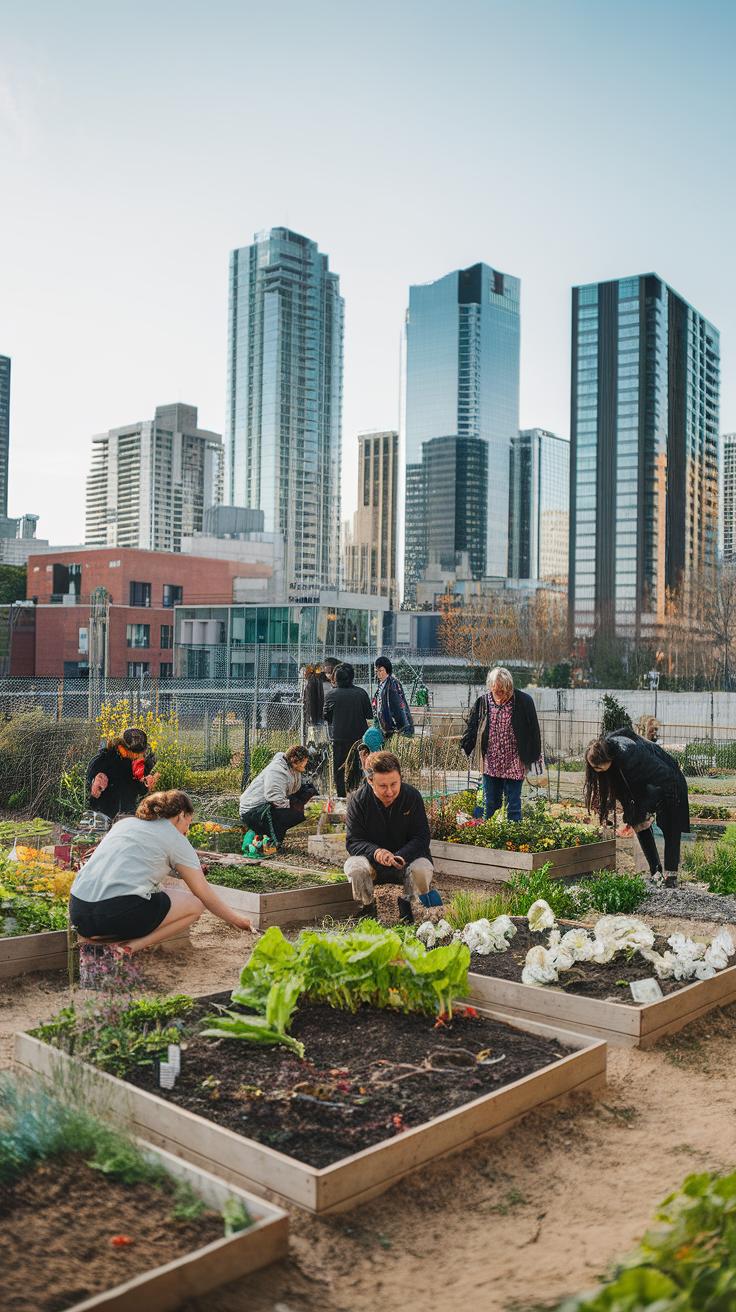
Community Involvement in Urban Gardening
Creating a thriving potager garden in an urban setting is not solely the responsibility of individual growers. The success of these gardens often hinges on community involvement and support. Engaging local residents can foster a sense of ownership and commitment, ensuring the longevity and productivity of these green spaces. Hosting workshops, neighborhood potlucks featuring homegrown produce, or volunteer days for garden maintenance can cultivate a community spirit and attract participants who may not have considered gardening before.
Creating partnerships with local organizations, schools, or businesses can strengthen community ties. Initiatives such as garden education programs in schools can inspire children to appreciate where their food comes from and become empowered to grow their own. Involving diverse voices in decision-making for garden layouts and crop selection could also enhance the relevance and appeal of the potager gardens, ensuring they meet the needs and desires of the community they serve.
Building Local Support Networks
Establishing a supportive network can significantly enhance the experience and effectiveness of urban potager gardens. Regular meetings or online groups can facilitate information sharing, troubleshooting, and collective problem-solving among urban gardeners. These interactions can provide valuable insights into best gardening practices and experiences, thus improving everyone’s yield. Social media platforms can also serve as powerful tools to promote community events, share successes, and encourage participation in collaborative gardening efforts.
The role of community involvement in urban potager gardens cannot be overstated. By fostering connections, sharing knowledge, and supporting each other, local residents can transform isolated gardening efforts into rich, communal endeavors that yield not just food, but also social connections and collective empowerment.
Sustainability Practices in Urban Gardening
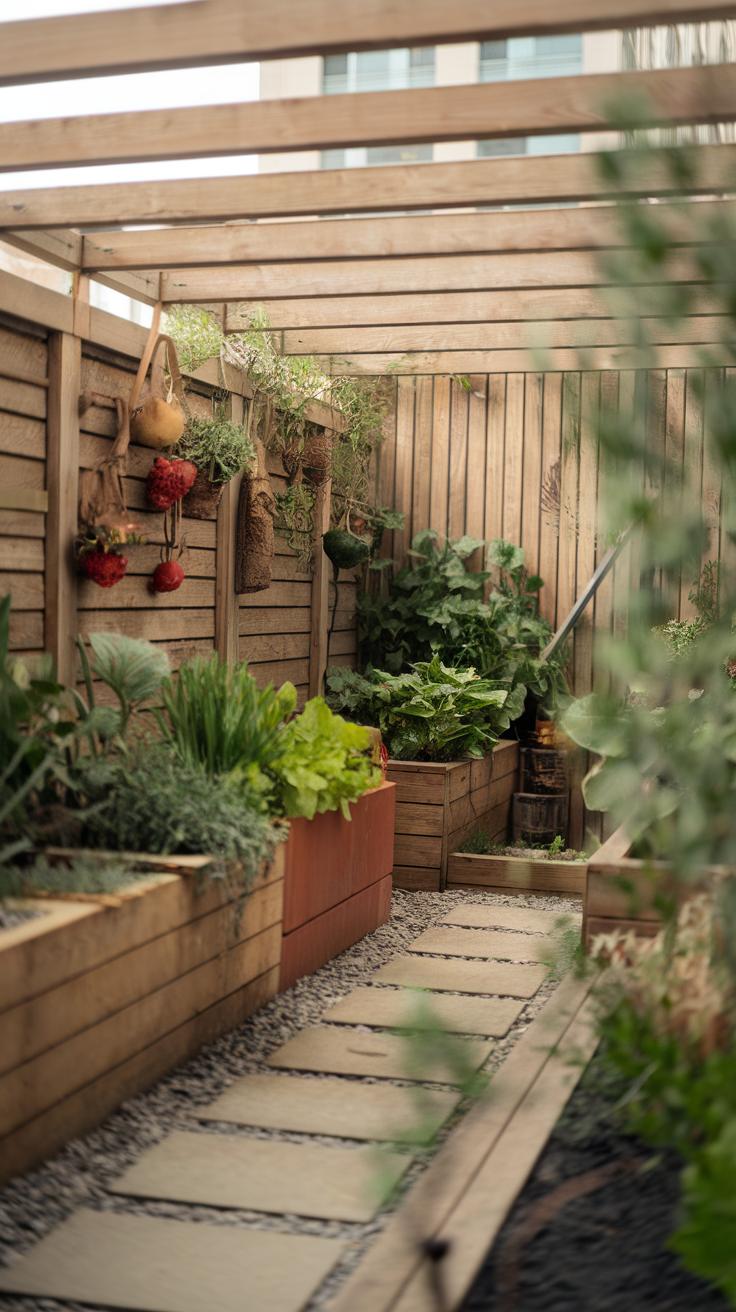
Environmental Benefits of Potager Gardens
Implementing sustainability practices in potager gardens contributes significantly to urban ecosystems. By cultivating a variety of vegetables, fruits, and herbs, urban growers can promote biodiversity. Companion planting, for instance, enhances plant health and reduces pests naturally. Selecting native plants supports local wildlife, fostering essential pollinator populations that thrive in urban settings.
Utilizing organic gardening methods minimizes chemical runoff, safeguarding urban water sources. Rainwater harvesting systems can be integrated to conserve water while providing adequate irrigation. Composting kitchen scraps not only reduces waste but enriches the soil, creating a nutrient-dense environment for plants. These practices not only enhance the health of the garden but also contribute positively to the urban landscape.
Encouraging Urban Biodiversity
Potager gardens can serve as crucial habitats for urban wildlife. Planting a diverse array of species offers food and shelter for birds, insects, and small mammals. Creating layered landscapes with shrubs, herbs, and flowers encourages greater ecological interaction. Avoiding monocultures and embracing a variety of textures and colors attracts beneficial organisms that aid in pest control and soil fertility.
Integrating barriers, such as hedgerows and pollinator corridors, connects smaller potager spaces, allowing wildlife to navigate the urban jungle more easily. Adopting these sustainability practices ensures that urban gardens become a vital part of the environment, enhancing the quality of life for both residents and the ecosystem. Sustainable potager gardening, therefore, fosters a harmonious relationship between urban living and nature.
Conclusions
Establishing a potager garden in an urban environment not only enhances individual access to fresh ingredients but also fosters community spirit and ecological awareness. By integrating both forms and functions of cultivation, urban growers can create spaces that are as beautiful as they are productive. The tips outlined in this article serve as a foundation for creating a thriving kitchen garden, allowing city dwellers to embrace the joys of gardening regardless of space limitations.
As we look towards a future increasingly aware of food sustainability and local consumption, potager gardens will undoubtedly play a crucial role in urban agriculture. Through continued innovation, community engagement, and individual effort, the vision of lush, productive, edible landscapes in our cities can become a widely accepted reality. It is time to embrace the green opportunities available at our doorstep and transform our urban spaces into flourishing potager gardens.


